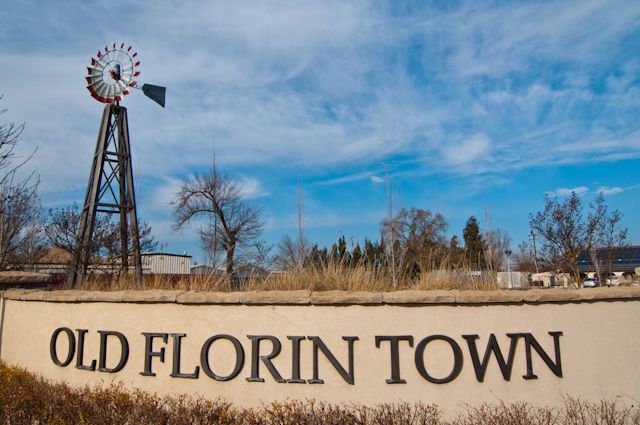
The early settlers that migrated to the Florin area were generally of European and Asian descent. They worked on ranches, dairies, orchards and other fields of agriculture.
In the 1850s, the world-renowned horticulturist, Mr. James Rutter, planted the prize winning ‘Florin Flame Tokay’ grape. For almost a century Florin, California was the center of the Tokay grape production.
Because of the array of wild flowers blooming in open fields, Judge E.B. Crocker in 1864, named the town “Florin” (from the Latin word “Flora” meaning flower). However, the name did not become official until the opening of the train depot and the post office in 1875.
In 1877, the first schoolhouse in Florin was built on McComber Lane. The Goddard Hotel, the Methodist Episcopal Church, and the Sugden’s Mercantile were a few of the first establishments.
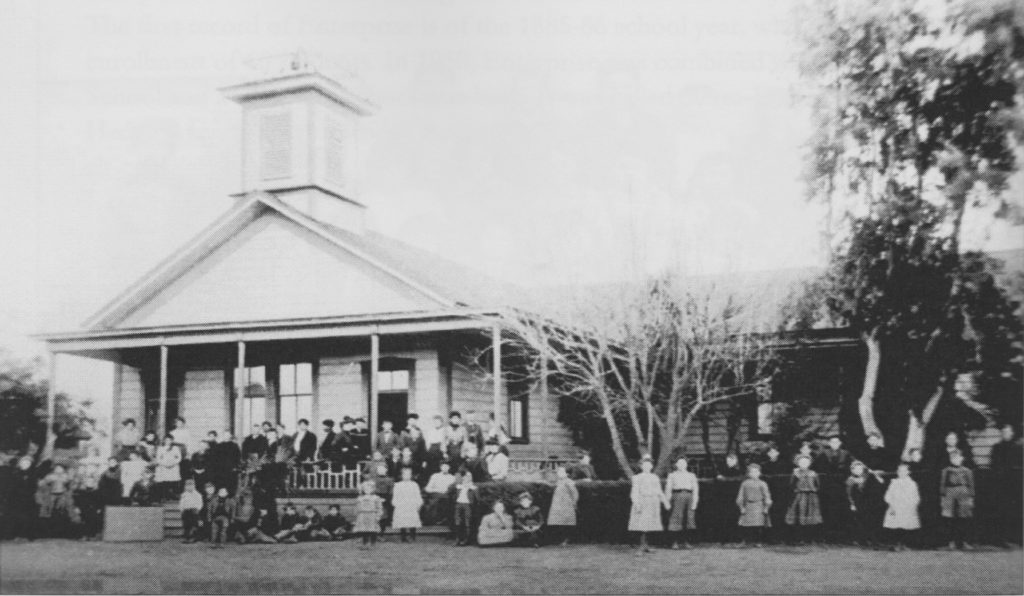
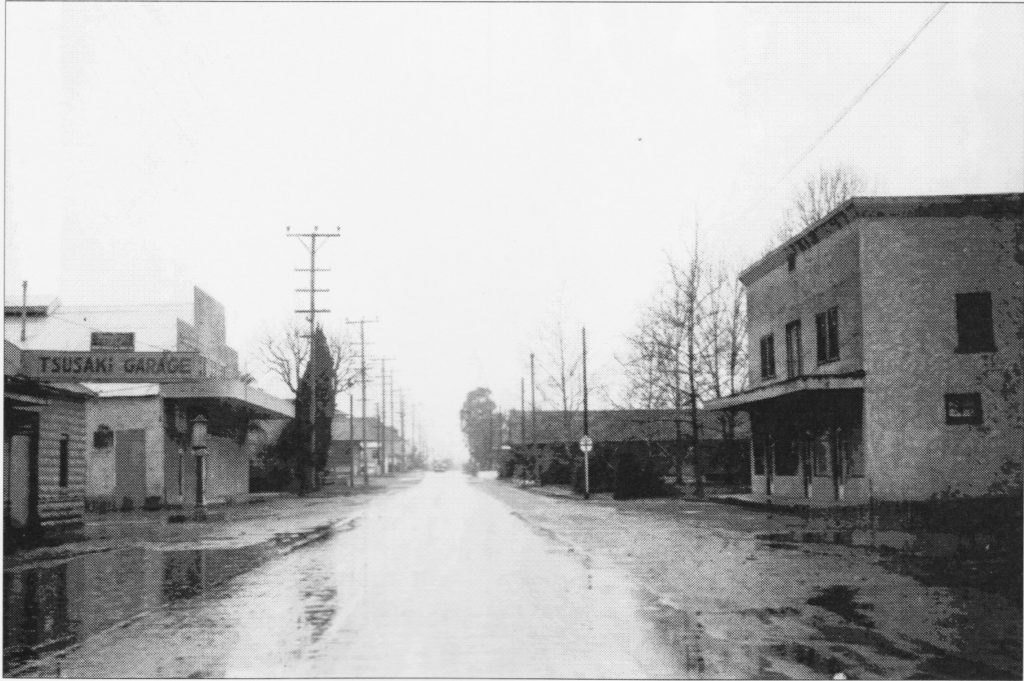


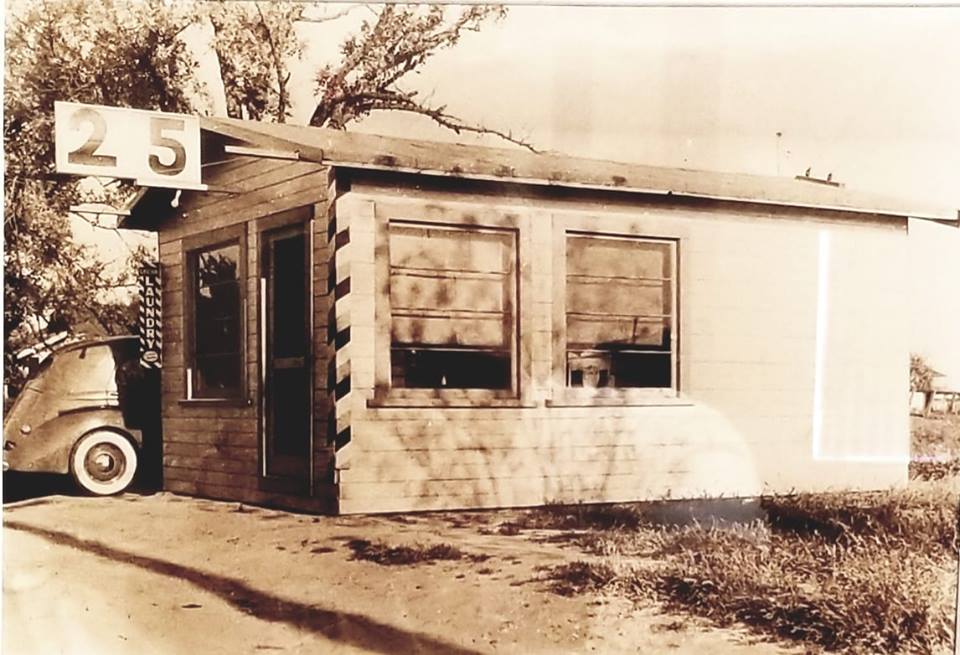
Mr. James Frasinetti established a winery in 1897 among his vast vineyards in the Florin and Gerber Road area . In 1985, the Frasinetti family opened a restaurant in the building that contained the wine producing vats. The restaurant is currently in operation and provides excellent dining and fine wines.
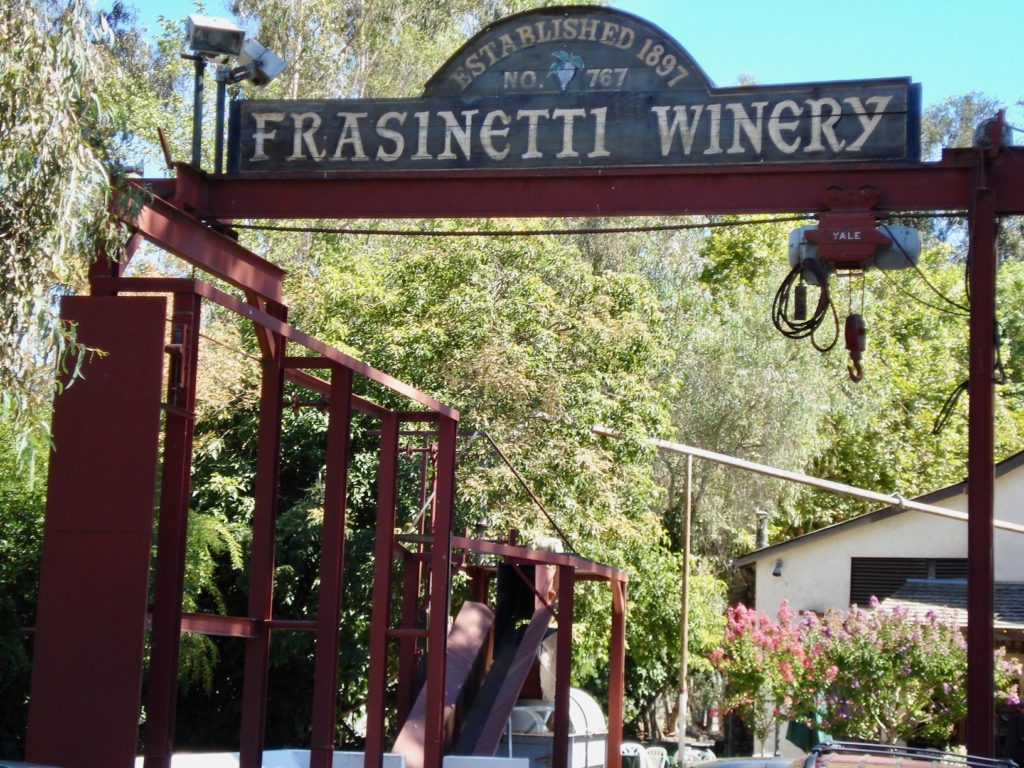
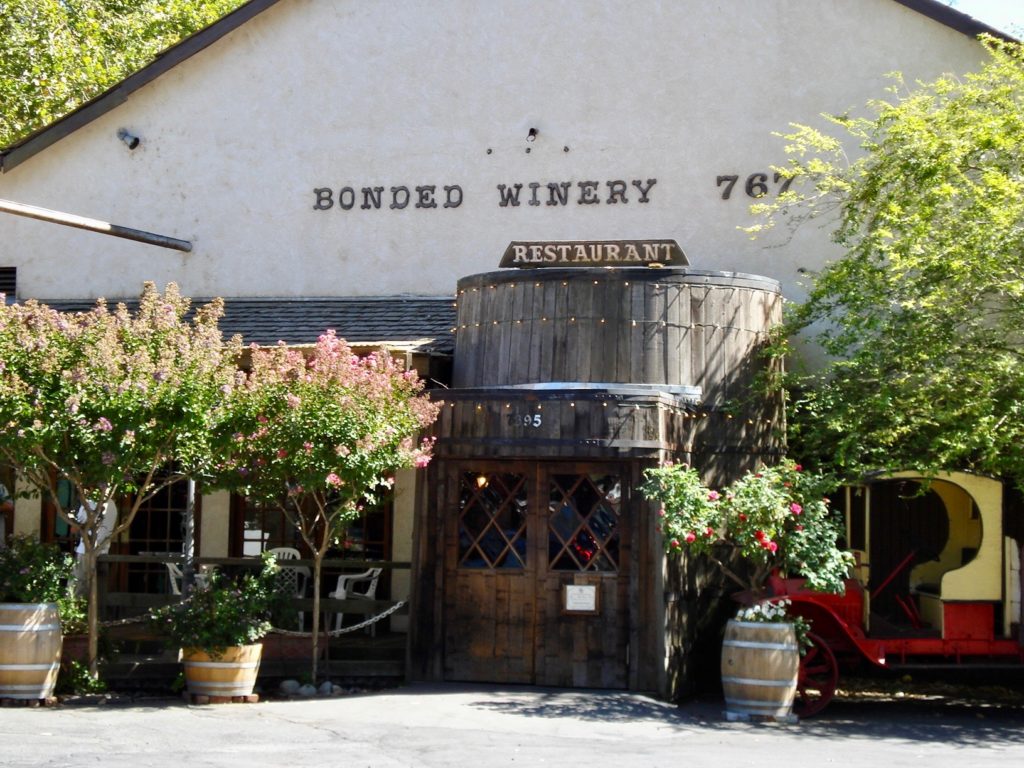
Before World War II, the community of Florin was rich in agriculture, and dairy farms. Tokay grape vineyards, and fields of strawberries were prominent in the area. The Florin Fruit Growers’ Association was the oldest families cooperative west of the Mississippi.

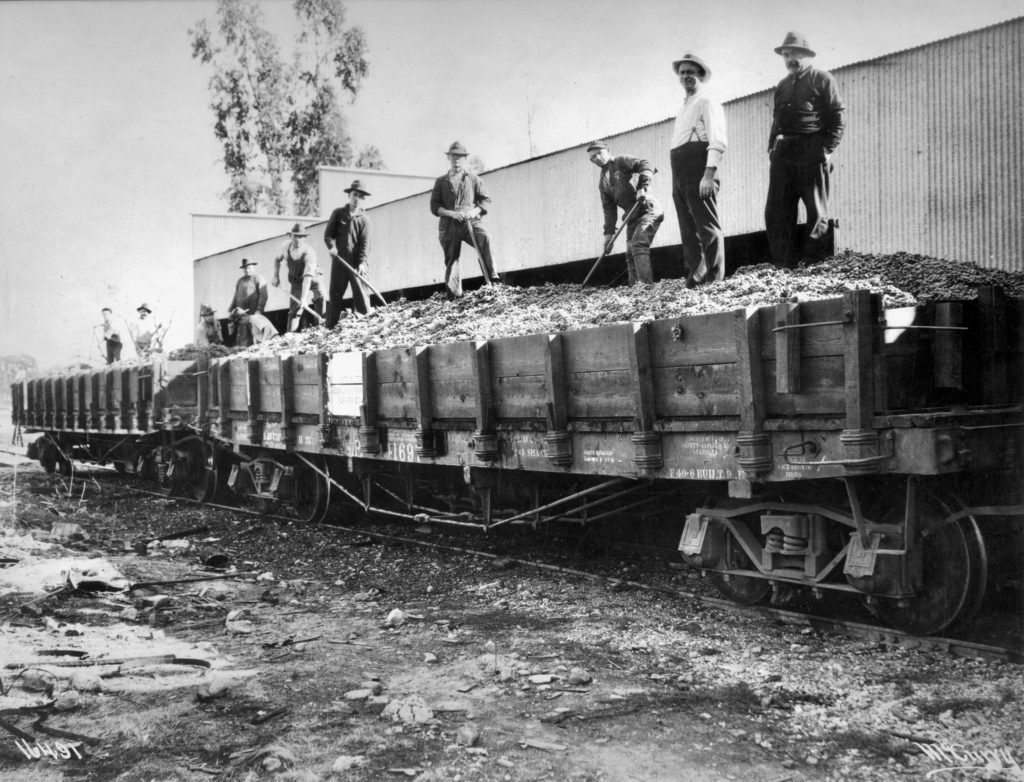
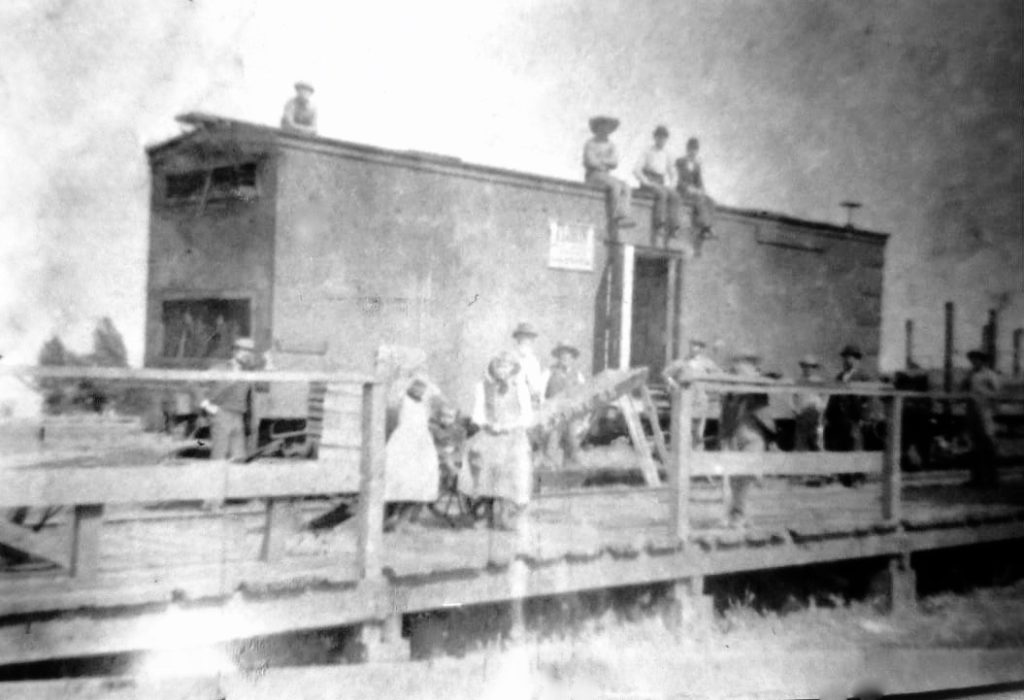
During Florin’s peak years (between late 1890’s and early 1900’s), the shipments of strawberries and grapes netted up to 250 train cars per season. Japanese immigrants built Florin’s Buddhist Temple in 1919 and in 1938, a large gymnasium was added. Today this building is used as a religious and cultural center.

In 1942, the President of the United States signed Government Order 9066. This brought about the evacuation of the Japanese farmers of Florin. Due to World War II, the depression and the import of grapes from other parts of the world, the farming in Florin’s production decreased. (See further below)
In the early 1950’s, land development became more profitable and Florin’s once lush agriculture became less productive.
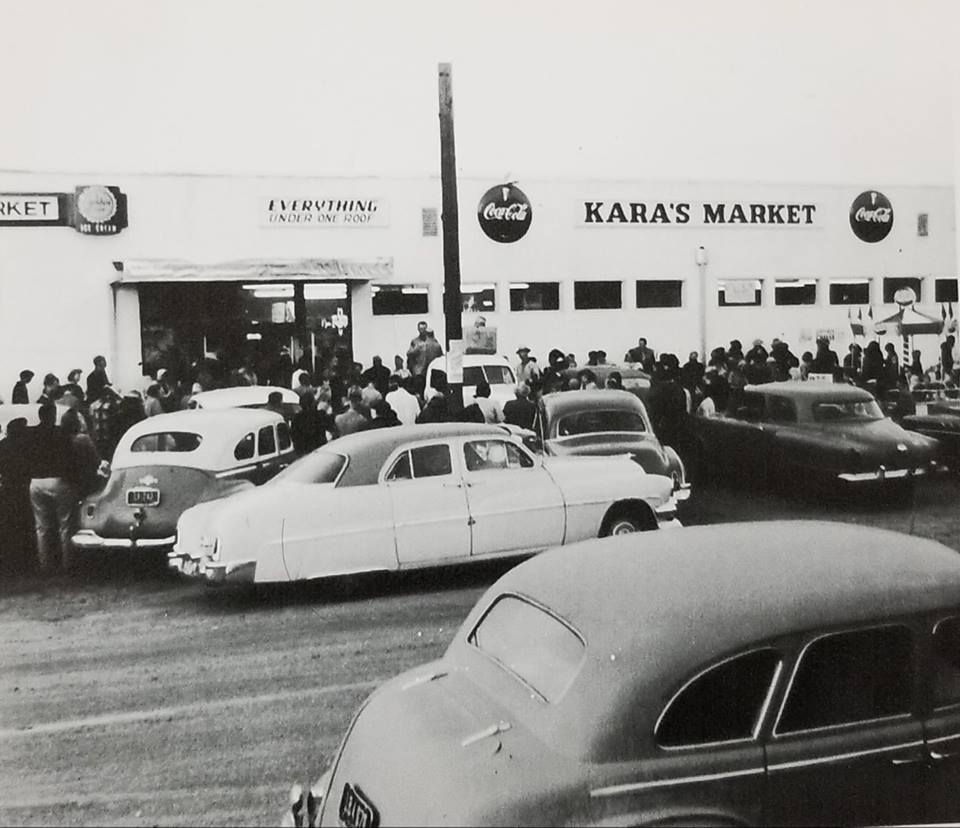
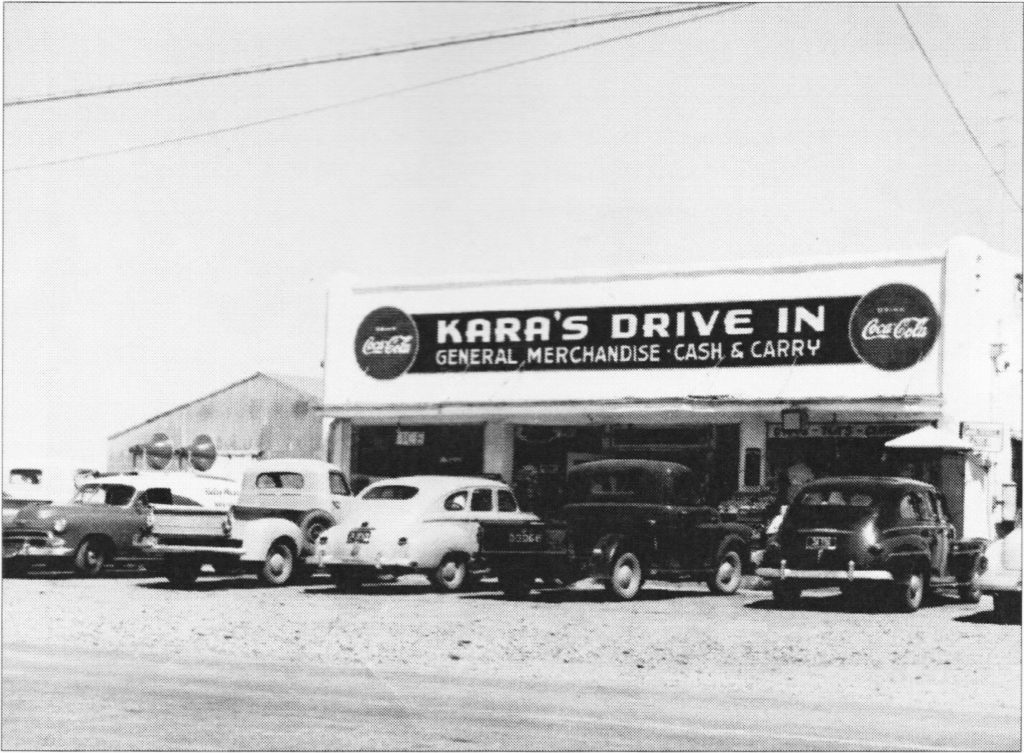

Florin of today, with its diversity, reflects America’s rich heritage and enjoys a variety of religious and cultural gifts.
Wikipedia writes:
During the early 20th century Florin’s economy focused on agricultural production. Strawberries were the most common produce grown. Japanese immigrants were the dominant group in Florin and they were the predominant farmers in Florin, making the area noted for being a Japanese immigrant community. This immigrant group’s rendering of land in Florin had some popular renown. “In his report to Governor William Stephens, Colonel John P. Irish, president of the California Delta Association, described Japanese triumph: ‘They [the Californians] had seen the Japanese convert the barren land like that at Florin and Livingston into productive and profitable fields, orchards and vineyards, and intelligence of their industry.'”
The presence of Japanese immigrants in Florin was not always met with such good will as expressed by Colonel Irish. “As soon as a Jap can produce a lease,” the Sacramento Bee warned, “he is entitled to a wife. He sends a copy of his lease back home and gets a picture bride and they increase like rats. Florin [a valley farming town] is producing 85 American-born Japs a year.” This article was in critical response to the Gentlemen’s Agreement of 1907 between the US and Japan.
Local and Federal treatment of Nisei (Japanese immigrants and US-born Japanese Americans) in Florin took a drastic downturn upon the bombing of Pearl Harbor and the subsequent war between the US and Japan. At the time, about 2,500 Florin residents were Nikkei, forming a majority of the town’s population.With a little fear and a lot of racial hostility, the Federal Government sent Japanese and Japanese Americans to internment camps according to FDR’s Executive Order 9066. Florin Japanese American resident and educator Mary Tsukamoto recalled “everyone was given short notice for removal. Signs had been nailed to the telephone poles saying that we had to report to various spots.” Florin’s Japanese and Japanese American residents were forced to “register as families. We had to report to the Elk Grove Masonic Building where we were given our family numbers, No. 2076.” The Elk Grove Masonic Building referred to by Tsukamoto was located in neighboring Elk Grove near a railroad station where the Florin residents were shipped in rail cars to distribution hubs. At these distribution hubs Florin’s residents of Japanese descent were then sent to internment camps far from the coast.
The internment forever changed the character of Florin. Japanese and Japanese American residents had to sell their property within only a few days and often at prices far below their fair market value. And some just had to leave their properties. When the Japanese and Japanese Americans were released from the internment camps some were able to return to Florin and start over. Most had to move on to other areas. Florin ceased to be a Japanese American community as it was before the internment.
For details of the Japanese internment, please see “HISTORY – Japanese Internment”
Florin Historical Society
The Florin Historical Society has their own website.
Click here: https://www.florinhistoricalsociety.org/

7145 McComber Street, Florin, CA 95828 (916) 692-4069
In the early 1980’s, several concerned residents met to discuss the future of Florin in the attempt to save its landmarks that were being destroyed by land developers.
The Florin Historical Society was formed to preserve the history of Florin and the goal of the Society is to create and maintain a museum to commemorate Florin’s heritage.
The lease was signed on March 17, 2008 for the old ‘Promise Lodge’ building. After a long and difficult renovation, the first meeting was held on Thursday, October 13, 2009 at 7145 McComber Street, the address of the Florin Historical Society and Museum.
Come join the fun! Meetings are held at 7145 McComber Street (just east of the railroad tracks on Florin Road), on the second Thursday of each month at 7:00 pm.

Museum information
The museum will be open for tours by appointment only or on special events. For more information call 916-692-4069 or email us at fhs111875@yahoo.com.
Florin History Book
In 2018 the Florin Historical Society published their first book on the history of Florin. It tells the story of the development of the town with many old photos and truly gives you a glimpse of the times. The price of $20 includes taxes. Contact the society for a copy (Curt Darling at 209-327-4348). If you have any connection to Florin, you will want this book.
